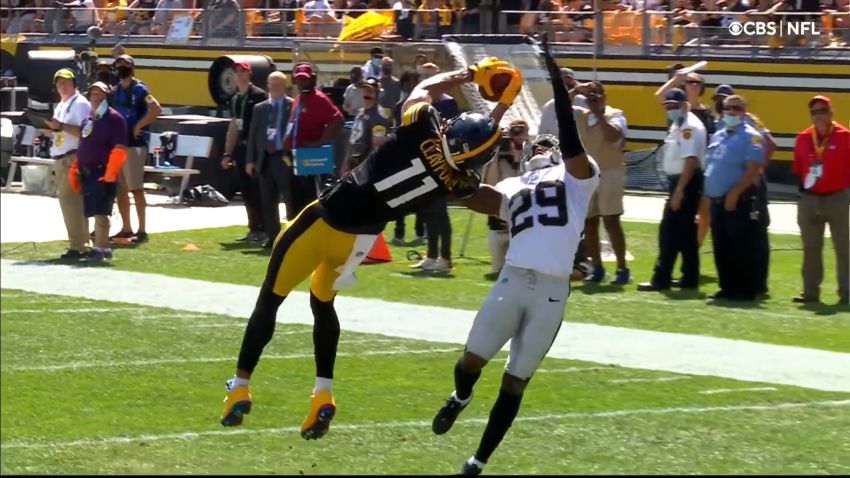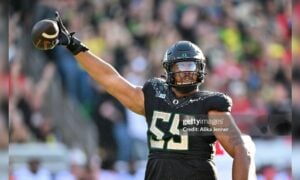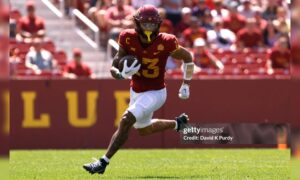As you’ve probably read by now, Pittsburgh Steelers wide receiver Chase Claypool recently declared himself one of the best in football—which, by the way, is perfectly fine. If you’re a wide receiver and you don’t think you’re one of the best, then you’re surely far from it.
While pretty much everybody acknowledges that he did not take the sort of step forward in year two in 2021 that he should have, there is also a prevailing notion, which I believe to be wrong, that he actually took a significant step backward.
Minus scoring, which is obviously very important, but which can also be highly variable, his numbers were very similar to his rookie season, and the eye test did not show a different player. He obviously left some plays out on the field, but he also made some excellent catches as well.
During the same interview in which he declared himself one of the best wide receivers, on the I Am Athlete podcast, Claypool was also discussing with former wide receiver and host Brandon Marshall about the nature of the veteran quarterback, and the third-year player seemed to suggest that he felt the offense—and Ben Roethlisberger—shifted away from targeted him as a red-zone threat last year.
“Every time there’s a vet quarterback that’s been there for a while and wins games, if you don’t make a couple particular plays, you’re probably not going back”, he said, by which he seemed to mean that the quarterback would start looking in other directions, targeting other people, under similar circumstances.
“So there’s a lot of times I got formationed away from shots that were in the end zone”, he went on, and that’s because I had a couple shots maybe were 50/50 balls [that I didn’t come down with]. It’s like, I think this last year kind of shifted away from, ‘Hey, I need to get Chase the ball every time we hop in the red zone’”.
So, what do the numbers say? According to our charting, at least in terms of volume, there wasn’t a significant statistic difference in his number of red-zone targets. We have him charted for 15 red-zone targets as a rookie, including four touchdowns, as well as three plays negated by penalty. He was charged with two drops by us, with another marked as a pass he should have had a chance to catch.
Last season, he also faced 15 targets in the red zone, including three plays negated by penalty. Both of his touchdowns came on these 15 targets, and he was charged with one drop.
Of course, this doesn’t account for playing time increase. Even though he played in one fewer game, he still played over 100 snaps more than he did in his rookie season, and yet had four fewer targets overall, even with one of their starters, JuJu Smith-Schuster, out for most of the year. But Diontae Johnson did see a huge uptick. He had 13 red-zone targets in 2020; last year, it shot up to 29.








